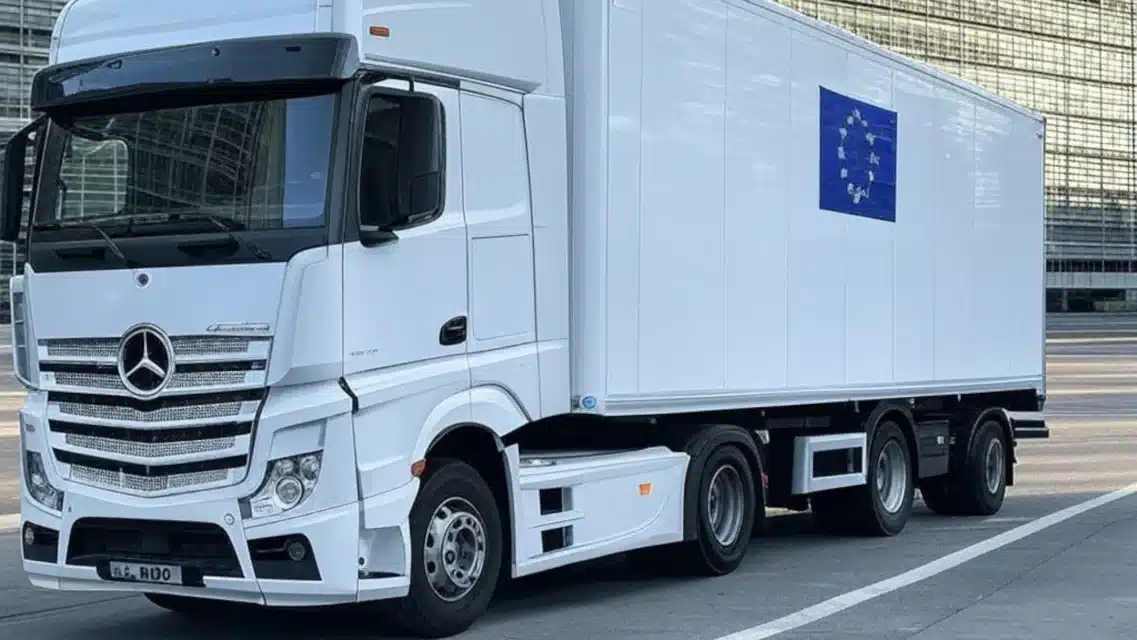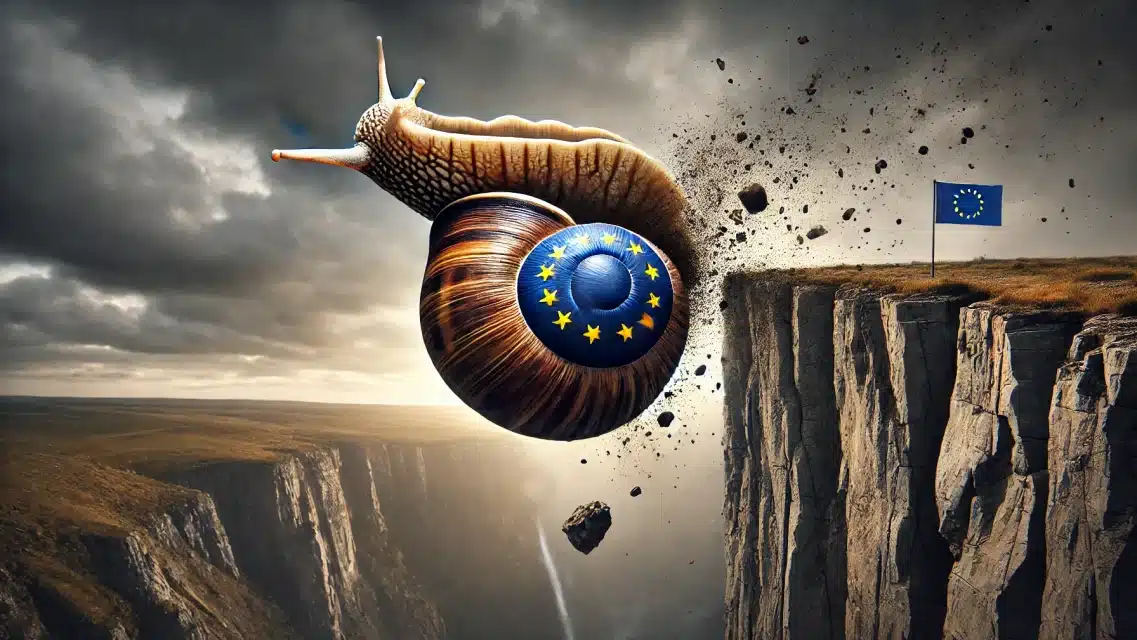Europe’s roads are alive with the rumble of over six million heavy-duty trucks, hauling a staggering 80% of everything we consume—food, clothes, gadgets, you name it. These workhorses keep the continent moving, but they’re also pumping out carbon dioxide like there’s no tomorrow. The EU’s got a bold plan to change that: slash greenhouse gas emissions by at least 55% by 2030. It’s an ambitious target that could cement Europe’s status as a climate leader. So why does it feel like we’re stuck in traffic, watching the future pass us by? Simple: policymakers are fumbling the wheel, leaving the public and the auto industry choking on fumes.
Charging crisis
Let’s talk numbers. To shift those millions of trucks—and countless cars—to zero-emission tech, Europe needs a charging network that can keep up. Experts estimate we’ll need 40,000 fast chargers and 400,000 slow ones dotting the landscape by 2030. That’s a tall order, but it’s doable—except we’re nowhere near hitting it. Right now, finding a charger for an electric truck is like hunting for a needle in a haystack. The technology’s there: electric vehicles and fuel-cell systems are proven, reliable, and ready to roll. But without the infrastructure to juice them up, they’re just shiny toys gathering dust. Fragmented environmental rules and sluggish planning are clogging the system, while the 2030 deadline looms like a storm cloud.
Why is progress so slow?
Here’s the crazy part: people want this. Businesses, fleet operators, even everyday drivers—they’re clamouring for cleaner options. Forward-thinking companies see this as a golden opportunity to blend climate action with economic growth. A net-zero transport system isn’t just about saving the planet; it’s about jobs, innovation, and staying competitive on the global stage. But the road to get there? It’s littered with potholes. Weak public procurement mandates—those government rules that could push for greener fleets—are barely enforced. Fiscal incentives, like tax breaks for electric cars or zero-emission trucks, sound nice but vary wildly from country to country. One nation’s generous rebate is another’s measly coupon. It’s a patchwork mess that’s stalling adoption and leaving demand unmet.
Green goals vs the auto industry
Critics love to point fingers, claiming Europe’s climate obsession is killing industrial muscle. They’ve got a point—sort of. When regulations zig while industry zags, growth takes a hit. But here’s the twist: it doesn’t have to be a choice between green goals and thriving factories. Done right, policies can lift both. Imagine legislative frameworks that level the playing field, procurement programs that demand clean vehicles, and binding CO₂ targets rippling through the entire supply chain—from steel mills to tailpipes. Pair that with partnerships between governments and industry, and you’ve got a recipe for electrified fleets that save the planet and protect pay checks. It’s not a pipe dream—it’s a blueprint waiting to be built.
The missing pieces
Across Europe, some countries are stepping up. Tax advantages for electric cars and zero-emission commercial rigs are popping up, signalling a shared hunger for decarbonization. But the effort’s uneven—think gourmet dining in one corner and fast food in another. The tech’s not the problem; it’s battle-tested on Europe’s roads. The real gap? Comprehensive, unified policy support. Without it, we’re risking more than missed climate targets. Industrial development—the kind that fuels economies and employs millions—could sputter out as climate pressures mount. Cohesion’s the key: focused investment in charging grids, clear rules for clean vehicle buys, and incentives that don’t play favourites. That’s how you turbocharge the shift to net-zero mobility.
Time to move
Here’s the deal: time’s short, and the stakes are sky-high. If policymakers don’t tighten regulations, build the infrastructure, and roll out compelling incentives, Europe could stall while the rest of the world races ahead. But flip that script, and the rewards are massive. Accelerate electric and fuel-cell tech, and you’re not just cutting emissions—you’re sparking innovation that locks in Europe’s spot as a green transport titan. Economic strength and environmental care aren’t enemies; they’re allies waiting to team up.
Europe is too slow
The future’s not some distant mirage—it’s a choice we make today. Policymakers, the ball’s in your court. Stop stalling, start building: charge up the grid, back the tech, and ignite a transport revolution that’s good for wallets, workers, and the world. Industry’s ready to roll—don’t leave them stranded. Act now or watch Europe’s shot at leading the green charge slip through our fingers. The road to net zero starts here. Let’s drive it.



